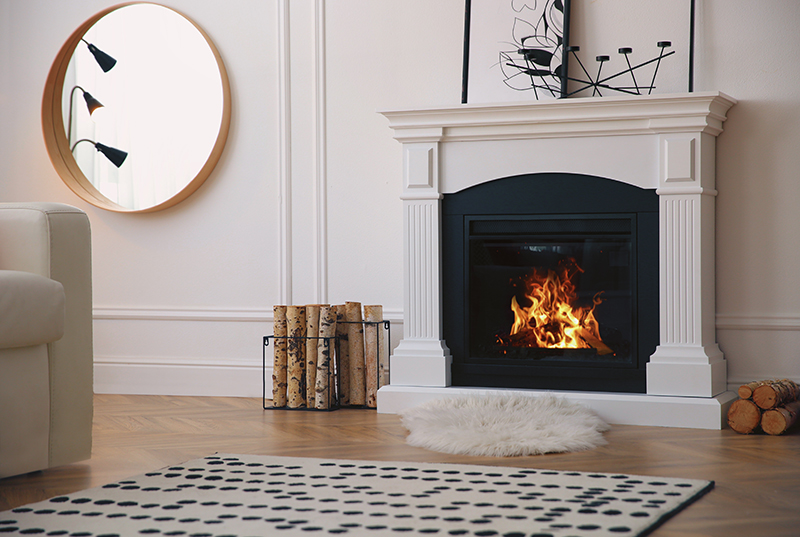Good indoor air quality is essential for maintaining a healthy home. However, the use of fireplaces can affect the air you breathe indoors.
Good indoor air quality is vital for having a healthy and comfortable home. But certain things, including your fireplace, can affect the air you breathe indoors. Knowing how fireplaces impact indoor air quality helps you ensure a healthy home. In this blog, we discuss how a fireplace can affect indoor air quality. We also provide tips to prevent your fireplace from impacting the air you breathe.
The Importance of Good Indoor Air Quality for Your Health
Maintaining good indoor air quality is vital for several reasons. Breathing in pollutants and allergens can lead to respiratory discomfort and allergies. It can even exacerbate existing respiratory conditions like asthma. Poor indoor air quality can affect your well-being. It can cause symptoms like headaches, fatigue, and difficulty concentrating. Clean air contributes to a healthier and more productive living environment. Good indoor air quality helps reduce exposure to harmful substances. These include volatile organic compounds (VOCs), carbon monoxide, and fine particles. These can all have an adverse effect on your health.
How a Fireplace Can Affect Indoor Air Quality
Fireplaces create a cozy ambiance, but they can also impact indoor air quality. Burning wood in a fireplace releases particles and soot into the air. These particulate matter can contain allergens, irritants, and harmful substances. Inhaling these particles can contribute to respiratory issues. Incomplete combustion of wood can produce carbon monoxide. This is an odorless and colorless gas that is toxic at high concentrations. Exposure to elevated levels of CO can lead to headaches, dizziness, and even death in severe cases. Fireplaces consume indoor air for combustion. This can create a negative pressure environment. It can draw in outdoor pollutants and through gaps in windows, doors, and ventilation. This compromises your home’s indoor air quality.
Preventing Your Fireplace from Affecting Indoor Air Quality
To ensure good indoor air quality while enjoying your fireplace, follow these steps.
- Proper maintenance. Clean and inspect your fireplace, chimney, and flue to remove soot, creosote, and debris. These can all impact air quality. Schedule professional chimney sweeps and inspections to ensure optimal performance and safety.
- Use seasoned firewood: Burn only well-seasoned hardwood in your fireplace. Seasoned firewood produces less smoke and pollutants compared to green or wet wood. This reduces the release of pollutants into the air.
- Ensure proper ventilation. Open a window near the fireplace to allow fresh air to enter the room. This can help to reduce the negative pressure effect. This prevents the influx of outdoor pollutants and maintains better indoor air quality.
- Install carbon monoxide detectors. Install carbon monoxide detectors near your fireplace and throughout your home. These devices can alert you to dangerous levels of CO. They provide an early warning and ensure your safety.
Contact Us
Maintaining good indoor air quality is crucial for your health and well-being. By knowing how fireplaces can affect your home, you can enjoy the warmth while ensuring clean air. If you need help improving your home’s indoor air quality, contact us today. We are here to help you with all your heating, cooling, and air quality needs all year round.

